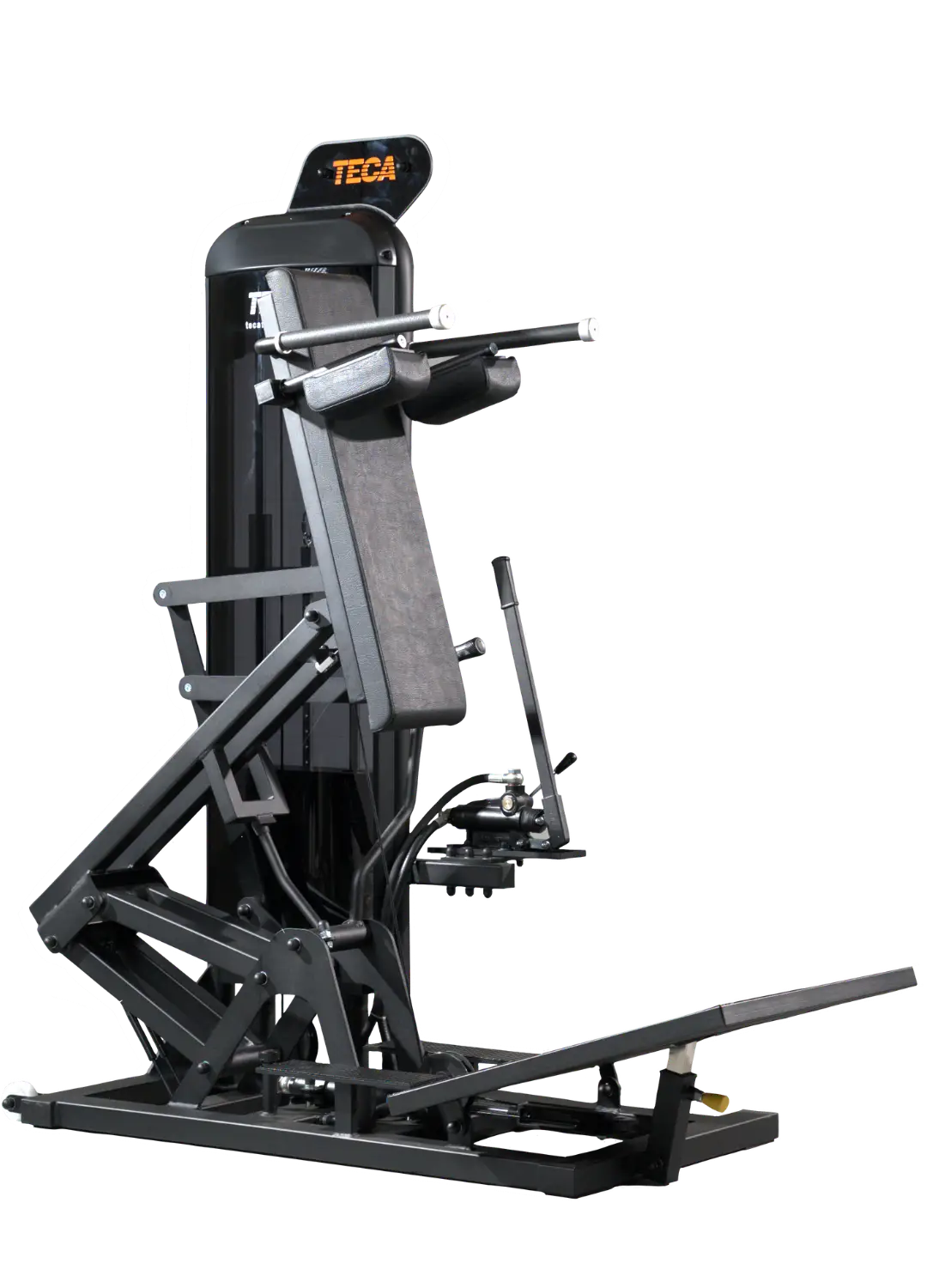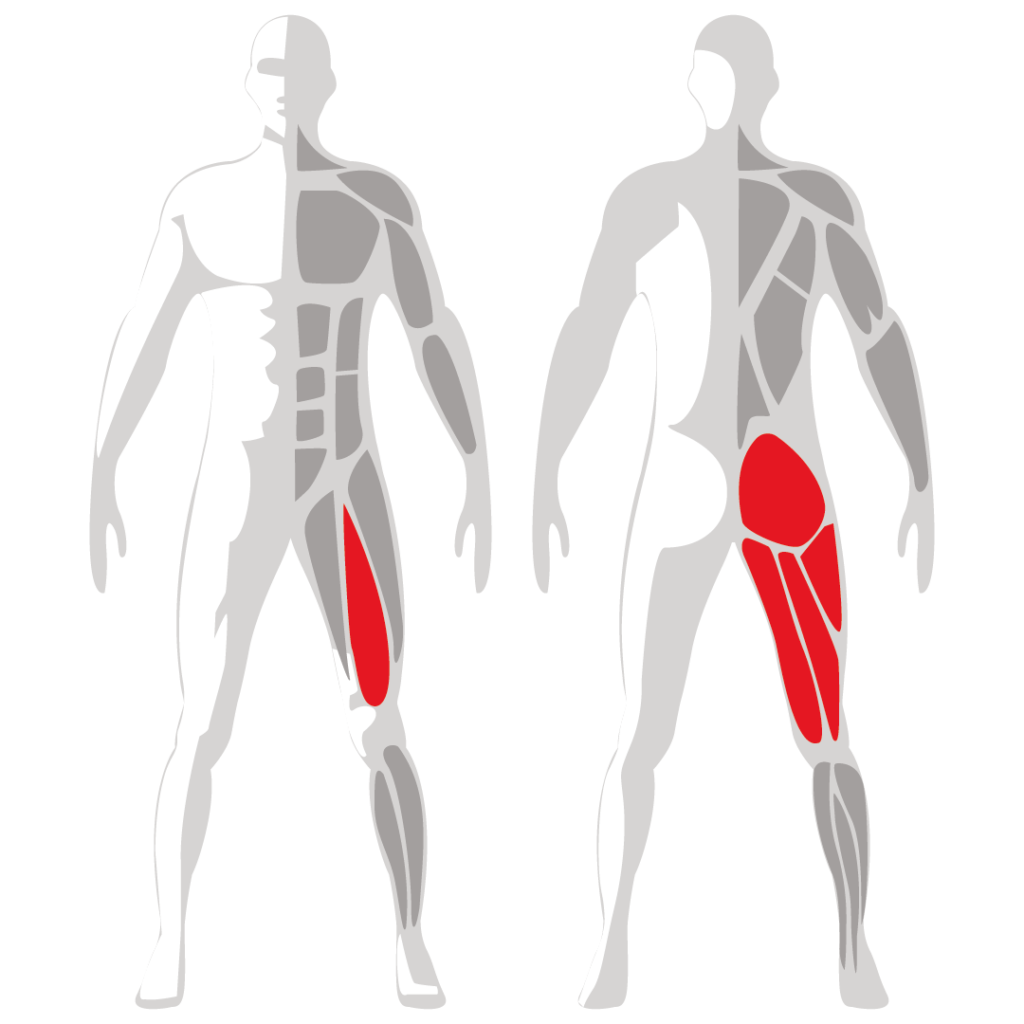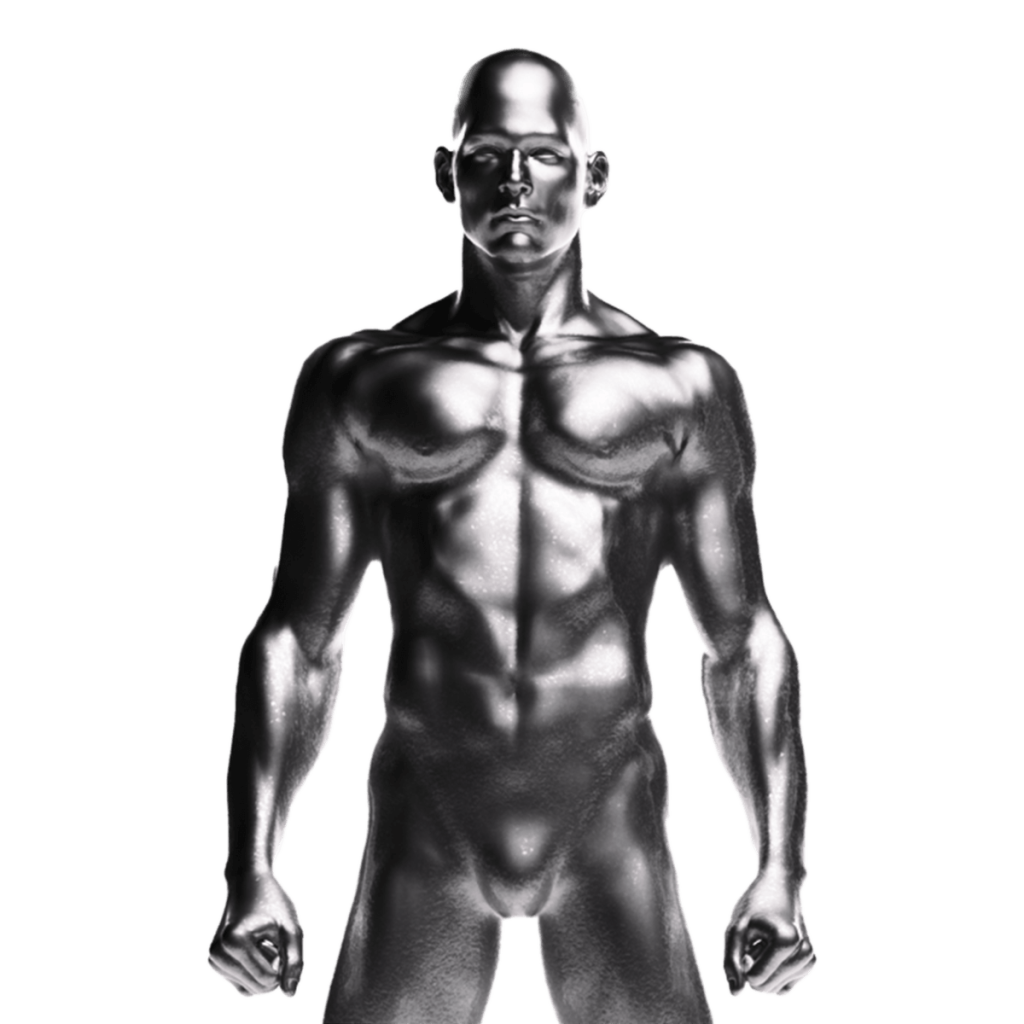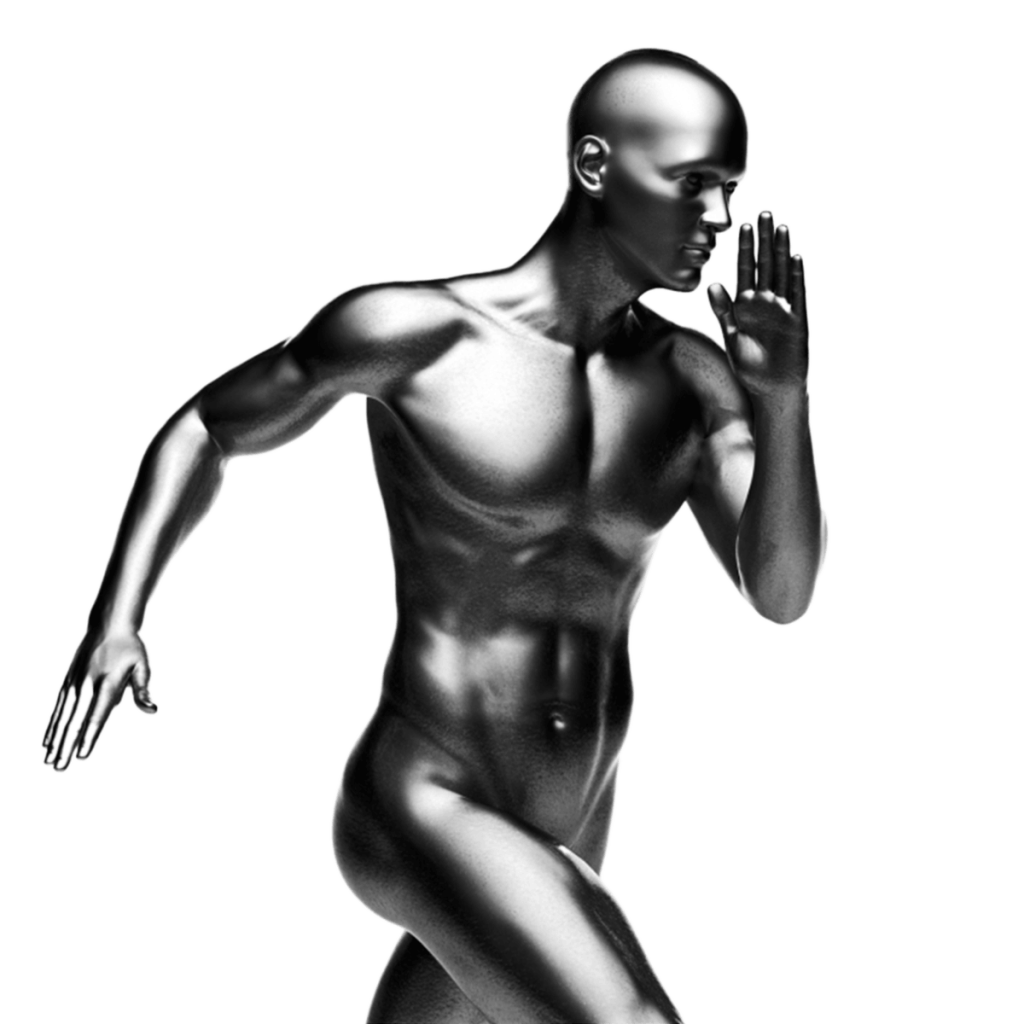The Advanced Hack Squat is designed to solve the biggest limitation of conventional hack squats: movement patterns that force the user into a rigid, unnatural trajectory.
Traditional machines often push the knees forward excessively, overload the lower back, or impose an angle that only highly mobile users can tolerate.
The Advanced Hack Squat flips the script thanks to the Natural Push Unit (NPU®) — a movement system that allows the user to perform a squat that is more natural, more powerful, and significantly safer, without joint stress or forced mechanics.
Instead of imposing a path, the trajectory follows the user, distributing load evenly across the kinetic chain while protecting lumbar spine and knees.
For a club owner, this isn’t just a technical advantage: it means more people can use the machine, more often, with more confidence and continuity.
More usage = higher perceived value = higher retention and stronger word-of-mouth.
A crucial business question: How much revenue does the space occupied by this machine generate?
The Advanced Hack Squat has one of the highest space-to-value ratios, because it effectively replaces multiple lower body stations:
• it covers squat-guided work, partial squats, heavy quad/glute training;
• it is usable by a large population (women, men, beginners, seniors, post-injury clients);
• it supports heavy yet safe loading, making it the flagship machine for leg strength.
Thanks to its natural biomechanics, even users afraid of squatting with free weights feel confident on the Advanced Hack Squat. The result:
• high hourly occupancy of the machine;
• easy integration into every lower-body program (from beginner to advanced);
• more PT packages sold where the Advanced Hack Squat acts as the “anchor exercise”.
In short: one Advanced Hack Squat can become the economic engine of the leg area, with a higher ROI per square meter than generic machines with lower usage.
Any time a machine is uncomfortable, technical, or biomechanically harsh, the club silently pays the price:
• more trainer time spent correcting technique;
• more complaints about knee/back discomfort;
• higher risk of user errors or injuries;
• less user continuity because the machine “feels unsafe”.
The Advanced Hack Squat, with its Natural Push Unit (NPU®), eliminates most of these issues:
• the movement pattern is intuitive and self-guided;
• the trajectory is aligned with natural biomechanics;
• lumbar spine and knees remain in safe, controlled ranges.
For the club, this means:
• less staff time spent fixing bad technique, more time available for PT revenue;
• fewer drop-outs due to discomfort during leg sessions;
• higher user confidence → more consistent usage → better training results.
In business terms: lower operational costs, fewer risks, and a smoother training environment.
The Advanced Hack Squat is a perfect cornerstone for signature programs and premium PT packages.
Its advanced biomechanics allow trainers to build structured, progressive, measurable protocols — the foundation of high-ticket services:
• “Legs & Glutes Strength” PT packages where the Advanced Hack Squat is the key lift;
• aesthetic programs for women focusing on glutes and quad–glute balance;
• strength cycles for athletes or advanced members;
• “Women 40+ Strong Legs” protocols with safe, controlled biomechanics.
Because the Advanced Hack Squat allows deep, safe squats even for non-technical users, trainers can:
• show clear progress (load, depth, control);
• build periodized pathways (“we start on the SP180, then transfer strength to free squat”);
• create progressive blocks with visible checkpoints.
This structure boosts sales, because clients don’t buy a random workout — they buy a method.
And when clients perceive a method, they invest more in PT, renewals, and premium upgrades.
In a market where many gyms look similar, differentiation is everything.
It’s not about “having a hack squat” — it’s about what that machine communicates.
The SP180 Advanced Hack Squat instantly signals:
• Advanced Hack Squat sophistication in biomechanics;
• a commitment to heavy lower-body training in full safety;
• alignment with modern evidence-based strength principles.
For clubs, boutique gyms, and PT studios, the Advanced Hack Squat becomes:
• a tour-selling tool (“Here’s where we teach safe, scientific squatting”);
• a strong visual element for marketing content;
• a credibility asset when speaking to physiotherapists, sports teams, and corporate clients.
The better a club explains why the SP180 is different from ordinary hack squats, the higher the perceived value, enabling:
• higher membership pricing,
• premium programs,
• stronger positioning as a “Strength & Performance” gym.
Here, biomechanics isn’t just technical — it’s business leverage.








